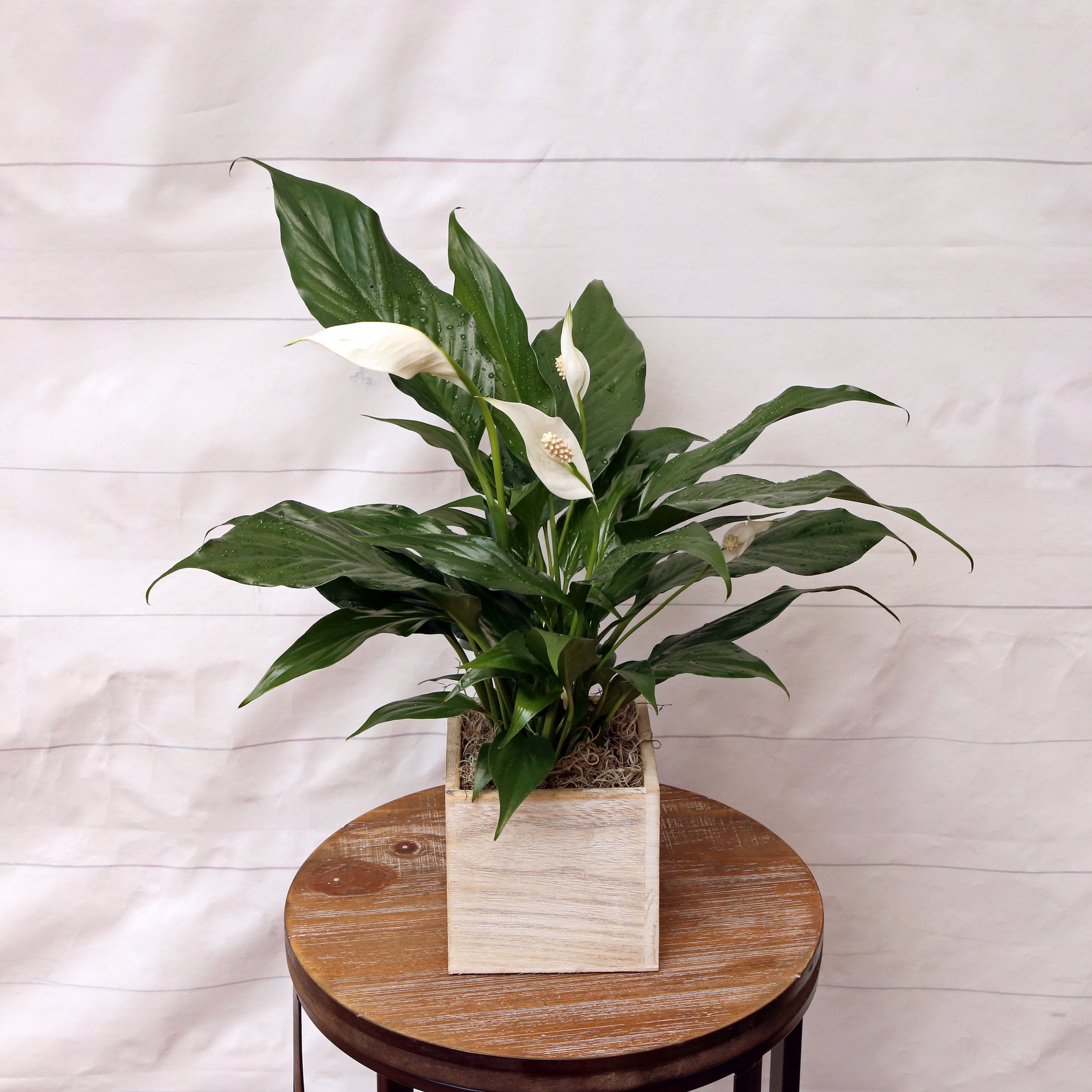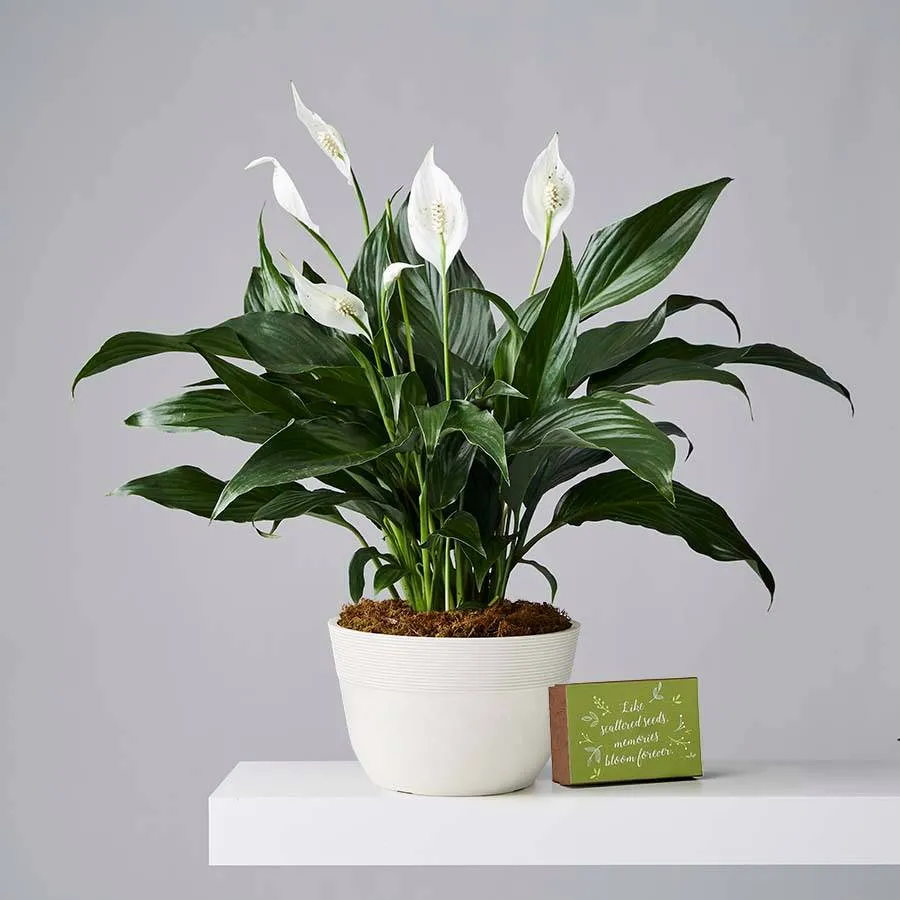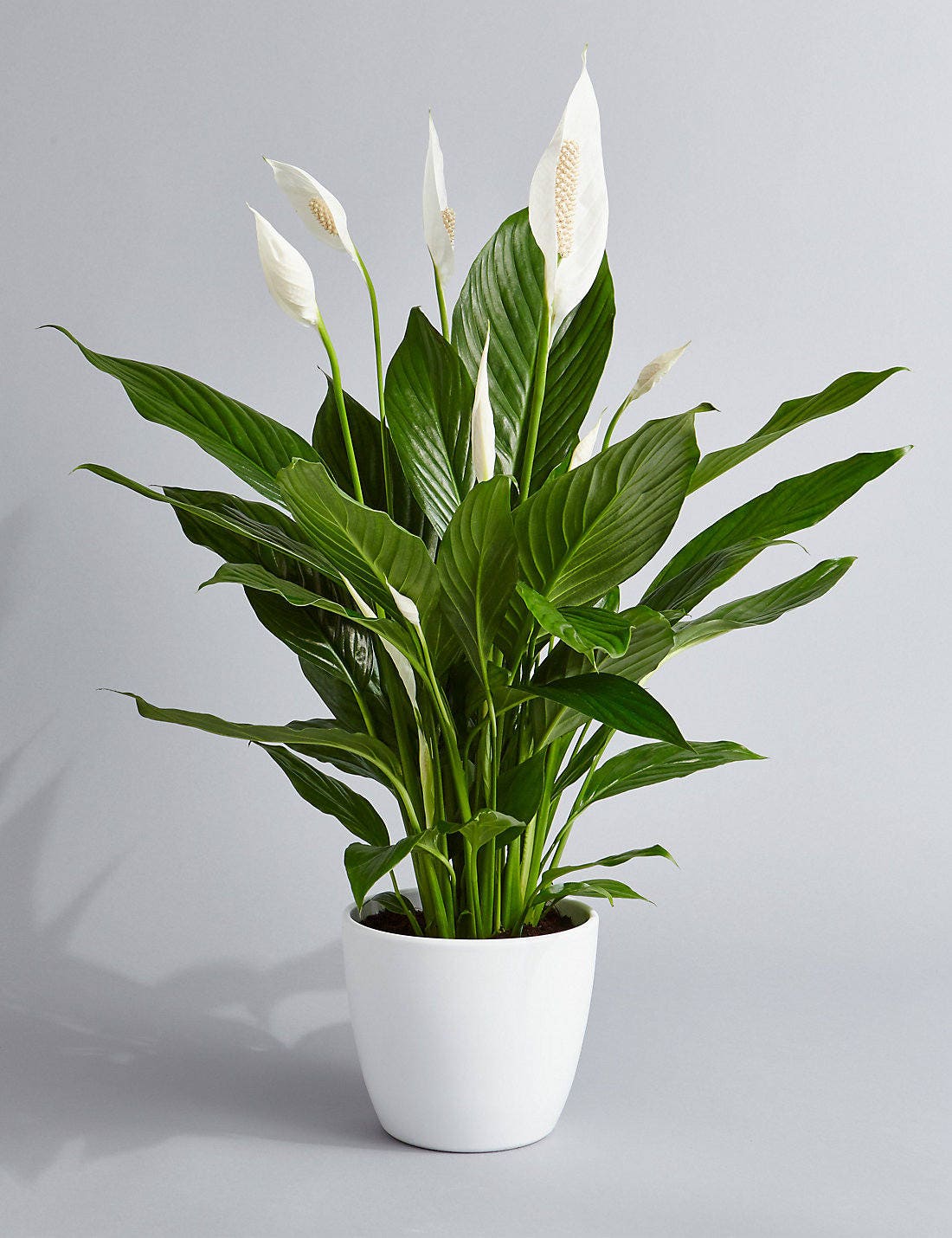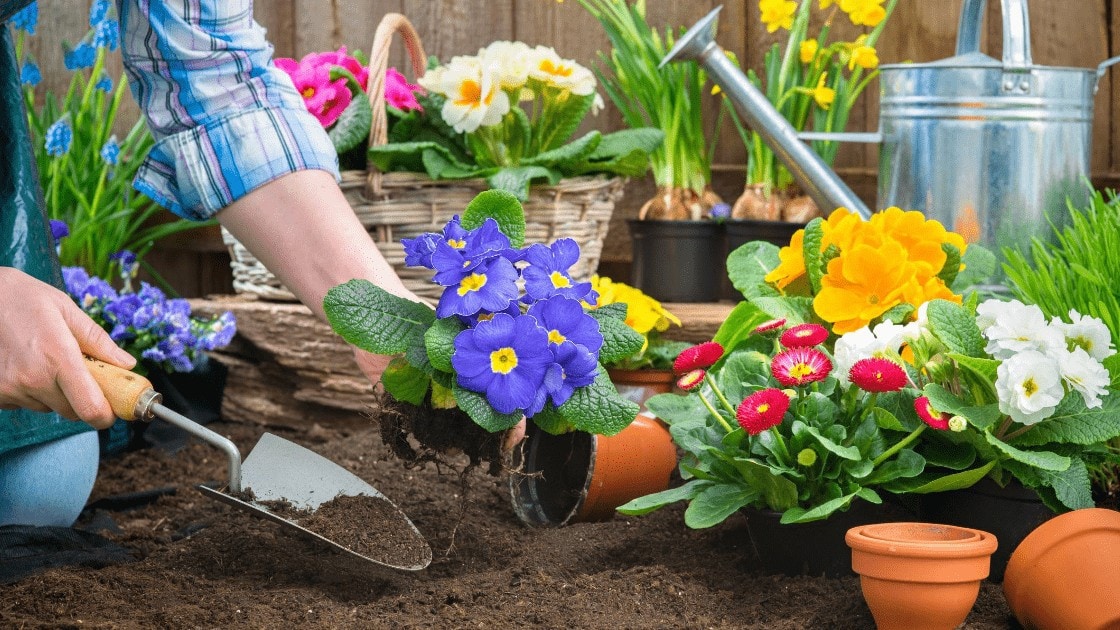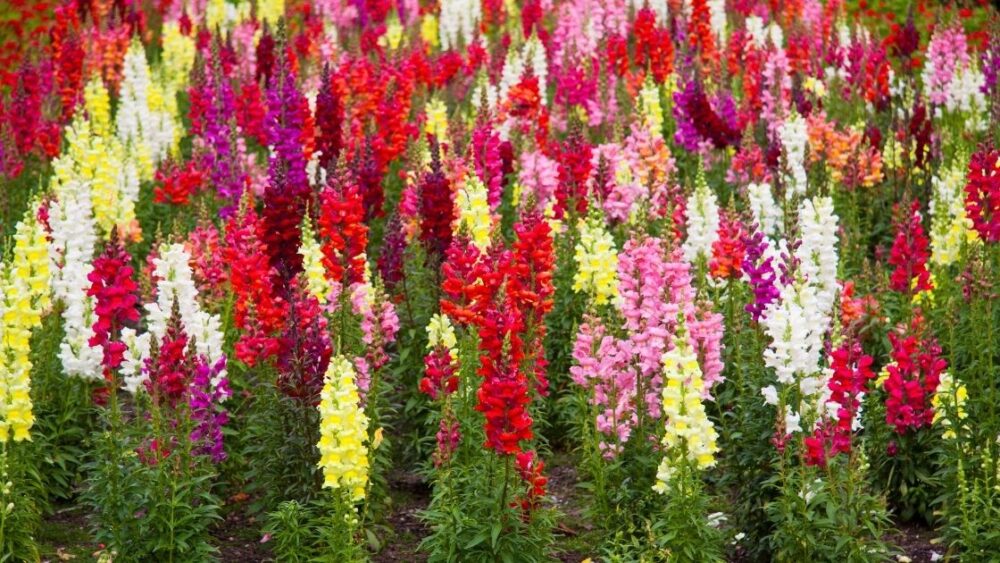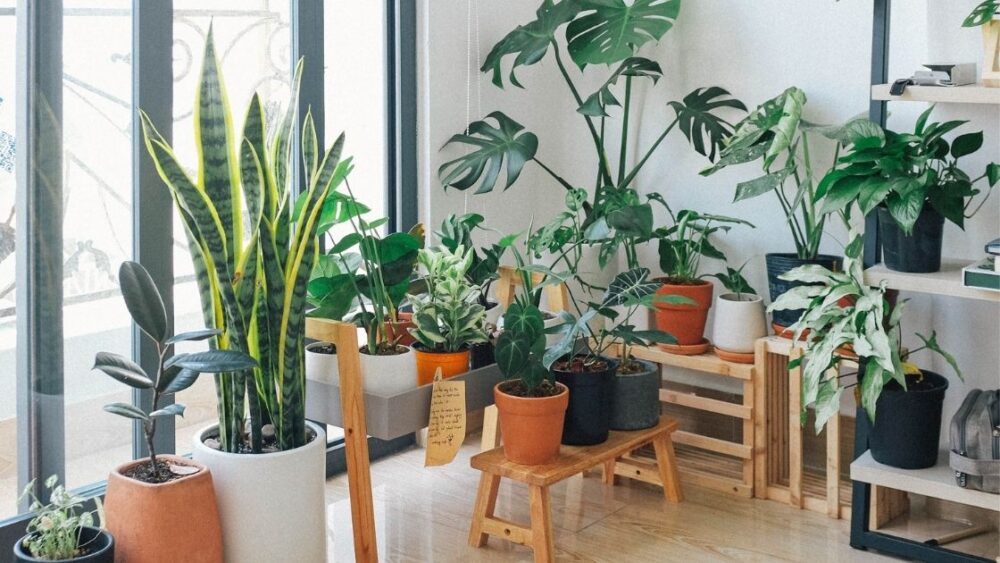
The Spathiphyllum Sensation, also known as Peace Lily, is an exquisite addition to any home. It is considered the best lily variety in the world. This plant is famous for its white flowers and yellow spadix, as well as its large green leaves with ribs. Decorative stems that are perfect for tall vases or pots grow to one meter and have an upright habit. A large, deeply ribbed cultivar of Spathiphyllum called ‘Sensation’ gives any environment a wild vibe.
Bedrooms, living rooms, and offices can benefit from this houseplant’s ability to improve indoor air quality. In addition, Peace Lily Sensation can reach a height of 2 meters and blooms throughout the year. It enjoys bright conditions without direct sunlight and warm conditions. A healthy environment must have enough light to prevent diseases. You should repot your plants every two to three years, and you should clean the foliage with a damp cloth. We will learn everything you need to know about Spathiphyllum Sensation in this article.
Are Spathiphyllum Sensations Easy to Care for?
Spathiphyllum Sensation is one of the most popular houseplants due to its ease of maintenance. Due to their ability to thrive in low light conditions, this plant is one of the easiest and most common house plants to grow.
Browse our Affiliate Products
These plants are easy to grow and are native to Asia, where they have conquered almost every corner of the planet. Despite its hardiness and forgiveness, the peace lily lets you know when it is thirsty by drooping.
For more Information on lilies and other house plants click on our other articles below.
- For other lily types and why their buds aren’t blooming, click here: Why Are My Lily Buds Not Opening? Solutions and Care Guide!
- Also check out our house plant article category here: House Plant
Why do Spathiphyllum Sensations Droop?

The plant may sometimes wilt or droop dramatically. The plant will experience this if it is left to dry out too much or is underwatered. Leaves will start to appear in a few days if the plant is watered right away.
Several factors can cause peace lily plants to droop, including heat, water levels, lighting, and diseases. Generally, a wilting peace lily can be revived once you discover the cause.
Spathiphyllum Sensation Care

It is easy to care for Spathiphyllum Sensation, but to keep it healthy, we must care for and follow some requirements. Direct or medium indirect sunlight is ideal for Spathiphyllum Sensation, an indoor plant.
Low light conditions will also allow them to grow, but they will grow slowly. Direct sunlight might scorch their leaves, so keep them away from them. When its leaves begin to droop, water it once or twice a week.
Common Names:
Spathiphyllum Sensation is commonly known as peace lily sensation, white sails, or spathe flower.
Scientific name:
The peace lily is scientifically known as Spathiphyllum’ Sensation’.
Growth Cycle:
Spathiphyllum sensation belongs to Araceae’s arum family and is a large, evergreen perennial plant. Sensation grows relatively slowly and usually reaches an ultimate height between 1.5 meters and 1.8 meters. The larger the leaves, the more likely they are to tear.
Three to five years is the average life span of a peace lily. You would make a big mistake if you threw out your plant after one month because the spadix has browned. Peace lilies shouldn’t be left with dead spadixes for very long.
Sun:
Despite its low light tolerance, Peace Lily Sensation prefers moderate to bright light. Long-term exposure to direct sunlight will cause its delicate leaves will be burned. Spathiphyllum Sensation grows great in north-facing windows, but low light levels will slow their growth.
In contrast, if the light is filtered or you’re a few feet away from the window, your Peace Lily will do best next to the east, south, or west-facing window. If you keep your Peace Lily in those conditions, it will bloom more efficiently and grow faster.
Watering:
Make sure the leaves are drooping before watering, or let the top of the soil dry out 1 inch between waterings. In the cooler months, let your plants rest and go semi-dormant. Keep the drip tray full of water, so he doesn’t sit in it.
Pour room-temperature (not cold) water into the top of the pot if the plant always appears dry and not absorbing any moisture.
When you see bubbles in the soil, it means there are pockets of air in the soil that prevent it from absorbing water. Fill the pot from top to bottom until all bubbles are gone. Keep the pot in the water tray overnight to allow the roots to absorb water. If your plants are constantly thirsty or have stopped retaining water, you can use this trick.
To view our affiliate pot product category, click here: Plant Pots
Adult Size:
A mature Spathiphyllum Sensation peace lily will grow to 6 feet tall and 3 feet wide, making it the largest peace lily on the market. It has dark green foliage with a tough, ribbed texture that makes it an attractive plant even when it is not in bloom. There is an intermittent production of the large, well-shaped flowers.
Planting Zones:
The peace lily usually grows as a houseplant, but if you live in zone 10 to 12, you can also grow it outside. Make sure they are planted in consistently moist soil in a shady location (where they will naturally get more ambient light than if they were grown indoors).
For information on your specific planting zone, click here: USDA Plant Hardiness Zone Map
Weather Hardiness:
It is ideal for peace lilies to have a warm daytime temperature between 68 and 85 °F and a cooler nighttime temperature around 10 °F. Cold damage can occur if the temperature drops below 60 °F.
In other words, peace lilies cannot survive in cold climates, so they can only be grown in warm, humid weather (USDA Zones 10, 12).
Propagation:
Despite their inability to propagate via leaf or stem cuttings, peace lilies can be easily propagated by divisions throughout the year. Experienced gardeners can start these plants from seeds, but they will not flower for several years if they are started in this way. Propagating your peace lily to grow new ones is as easy as following these steps:
Step 1: Fill a pot with fresh potting soil and prepare it no larger than 6 inches in diameter.
Step 2: Taking the plant out of its pot, loosen the soil around its roots carefully. If you pull the roots too quickly, they can rip, which will result in poor growth. Pull apart the roots gently with your fingers, looking for clumps of roots with several leaves.
Step 3: Carefully cut all roots linking the leafy section to the mother plant with a clean, sharp gardening knife. Depending on its size, there may be several clumps to be cut from the mother plant.
Step 4: Repot the mother plant and plant the new peace lily in the pot.
Step 5: Make sure the new plant is well-watered and far enough away from direct sunlight in order to establish a new environment. Once the plant has established itself, keep the soil moist without becoming soggy. As usual, continue to care for your new plant.
Toxicity:
While peace lilies are considered lilies, they are not Liliaceae. Ingesting peace lilies, spathiphyllum is only mildly toxic to humans and other animals compared to true lilies, which are highly poisonous plants for pets.
Dormancy:
In contrast to many houseplants, Spathiphyllum Sensations don’t have a dormant season. Winter will, however, be a time of fewer blooms and less water use.
Soil:
A well-draining potting soil works well for Spathiphyllum Sensations. It is essential that the soil retains moisture and dries slowly over time. Lilies prefer at least a little moisture in their soil, but if the soil is constantly wet, they’ll succumb to root rot.
Check out amazons:
- Peace Lily Potting Soil Mix (2 Quarts), for Planting, Growing, or Repotting Peace Lily Plants
- Peace Lily Imperial Houseplant Potting Soil Mix by rePotme – Mini Bag (2 Quarts)
- Peace Lily Fertilizer | Spathiphyllum Plant Food | Liquid Fertilizer for Spathiphyllum Pot | Peace Lily Plant | Spathiphyllum Sensation | NPK Fertilizer by Aquatic Arts
Bloom:
Peace Lily Sensation blooms throughout the year with large white spathes that contrast with the dark-green leaves.
Fertilization:
Peace lily does not require fertilization in order to flourish as long as you repot it once every year or two to provide it with new nutrients from the new soil. Both of these will help your Peace Lily grow and bloom better by providing macro- and micronutrients.
Feed it a 20-20-20 fertilizer during the growing season (spring and summer) if you want to maximize its growth.
Over-fertilizing can brown leaves and blooms, so reduce fertilization and use a slow-release fertilizer if you notice brown tips.
Spathiphyllum Sensation Common Problems
Infestations of pests and wilting foliage are the most common problems with Peace Lilies. There are three most likely causes of problems: watering, lighting, and soil. It is easy to fix most issues with Peace Lilies because they are resilient. Furthermore, peace lilies growing in darkness are less likely to flower and more susceptible to fungi.
What to do if Your Spathiphyllum Sensation is Dying?
If your Spathiphyllum Sensation is dying, follow these tips to revive it:
- Start by removing any dead or dried leaves and blooms. Ensure the soil is soaked if it is dry, and drain any excess water away.
- Keep an eye on the plant; water it when the soil begins to dry out. It should take about a week for new growth to appear.
- Heat and air currents should be kept away from the plant.
Final Thoughts
Spathiphyllum Sensation prefers to grow in a shady area and is well suited to indoor growing. This houseplant breaks down and neutralizes toxic gases like carbon monoxide and formaldehyde, which means it’s a great air purifier.
The large white flowers and easy maintenance make it a favorite among gardeners. In short, Spathiphyllum Sensation is a great new indoor plant to add to your collection.




